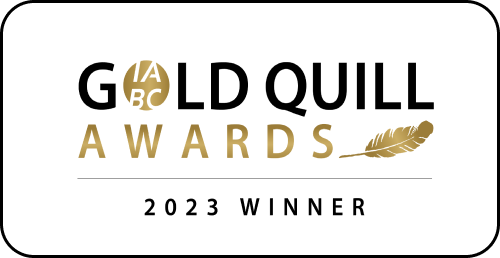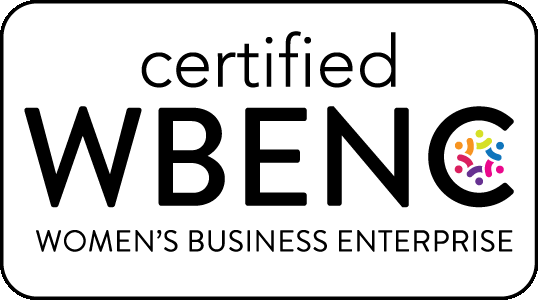Technology can speed up or slow down project planning, strategy development, and execution. But with so many new offerings, it can be hard to know what technology to choose for each purpose. Here’s a look at some new contenders for presentations, graphics, project management, and content development that can stand in for – and stand up to – the ol’ standbys:
For Presentations
The Status Quo: PowerPoint
This slide-by-slide approach with bulleted lists, images, and multimedia elements has long been the go-to solution for presentations, but it can produce static, text-heavy slides that may not effectively captivate audiences.
The Alternative: Prezi
Prezi takes a more dynamic and visually engaging presentation approach. Instead of slides, it uses a single, massive “canvas” that lets presenters pan and zoom to different parts of the screen, creating a narrative flow and sense of movement that’s missing from slide decks. Prezi also offers more creative templates, animations, and transition options compared to PowerPoint’s more basic effects.
The Bottom Line
Used everywhere from TED talks to classrooms, Prezi boosts storytelling, engagement, creativity, and collaboration. A Harvard study found Prezi’s output 25% more effective and 40% more memorable than PowerPoint. Prezi integrates with video collaboration and social media platforms like Zoom, Microsoft Teams, Webex, Facebook, YouTube, LinkedIn, Slack and more. However, Prezi templates are limited and not easily customized. And if your presentation relies heavily on graphs and data, PowerPoint may be a better option.
For Graphics
The Status Quo: Photoshop
Adobe Photoshop is the industry-standard photo editing and graphic design software, packed with advanced tools and features for professional designers and photographers. But a steep learning curve and high cost make it feel excessive for most day-to-day graphic design needs.
The Alternative: Canva
Canva is a web-based graphic design tool with an easy drag-and-drop interface; a vast library of templates, stock images, and graphics; and user-friendly collaboration features. Non-designers can quickly produce professional-looking social media graphics, branded marketing materials, and presentations without Photoshop’s complexity. Plus, Canva’s free pricing tier and affordable subscriptions make it a more cost-effective solution.
The Bottom Line
Photoshop remains the tool of choice for intricate photo manipulation and high-end design work. But Canva is becoming the go-to choice for marketers, social media managers, event planners, educators, and anyone looking to create beautiful graphic assets in today’s visual-first world.
For Project Management
The Status Quo: Microsoft Project
Microsoft Project includes conventional project management software with advanced capabilities like task scheduling, resource allocation, budgeting, and comprehensive reporting. But it has a fairly steep learning curve, is rigid in its project planning approach, and can be cost-prohibitive, especially for smaller teams and businesses.
The Alternative: Trello
Atlassian’s Trello takes a simpler, more visual and collaborative approach to project management that uses cards to organize tasks and workflows. Its intuitive drag-and-drop functionality lowers Trello’s barriers to adoption and enables teams to coordinate work, visualize progress, and adapt workflows as needed.
Real-time collaboration features such as comments, attachments, and integration with more than 200 other productivity tools (think Google Drive, Slack, and Dropbox) make it a good fit for dynamic projects with fluid requirements. With a free pricing tier and affordable paid plans, Trello provides an accessible and cost-effective project management solution.
The Bottom Line
Microsoft Project is great for large, complex projects that require intricate planning and strict top-down control. Trello is better suited for today’s fast-paced, agile work environments, because its simplicity and flexibility allow teams to get up and running quickly.
For Generative AI
The Status Quo: ChatGPT
Of the leading generative AI chatbots, Open AI’s ChatGPT gets the most buzz. Powerful and fast, it’s helpful to communicators drafting content and facing that dreaded “blank page.” But there are some options worth looking at, including Anthropic’s Claude.
The Alternative: Claude
Claude can understand longer conversations and references, leading to more coherent, relevant responses. Its writing style is more human-like and articulate, particularly for creative endeavors like stories or poems. Anthropic, Claude’s developer, is known for its focus on AI safety. It has published a “constitution” outlining its commitment to responsible AI development.
The Bottom Line
For everyday use, creative writing, or tasks that heavily rely on context, Claude’s free tier offers a lot, and its focus on clear, human-like writing makes it a great companion for myriad tasks. But if you need a more powerful model or more technical analysis and are willing to pay, ChatGPT’s paid tiers might be a better fit.
If you need help discovering the right technology for your communications needs, get in touch with The O’Keefe Group


